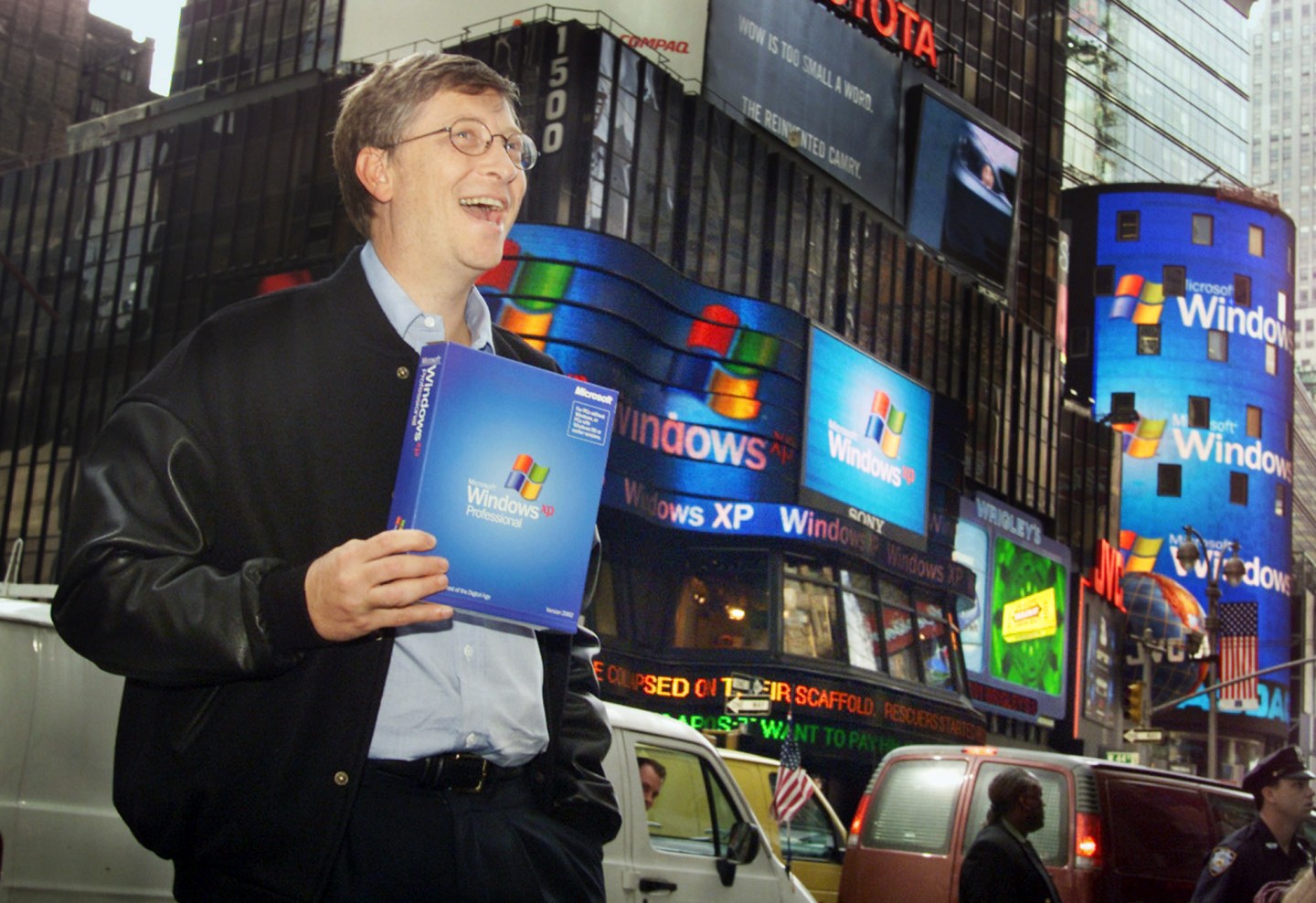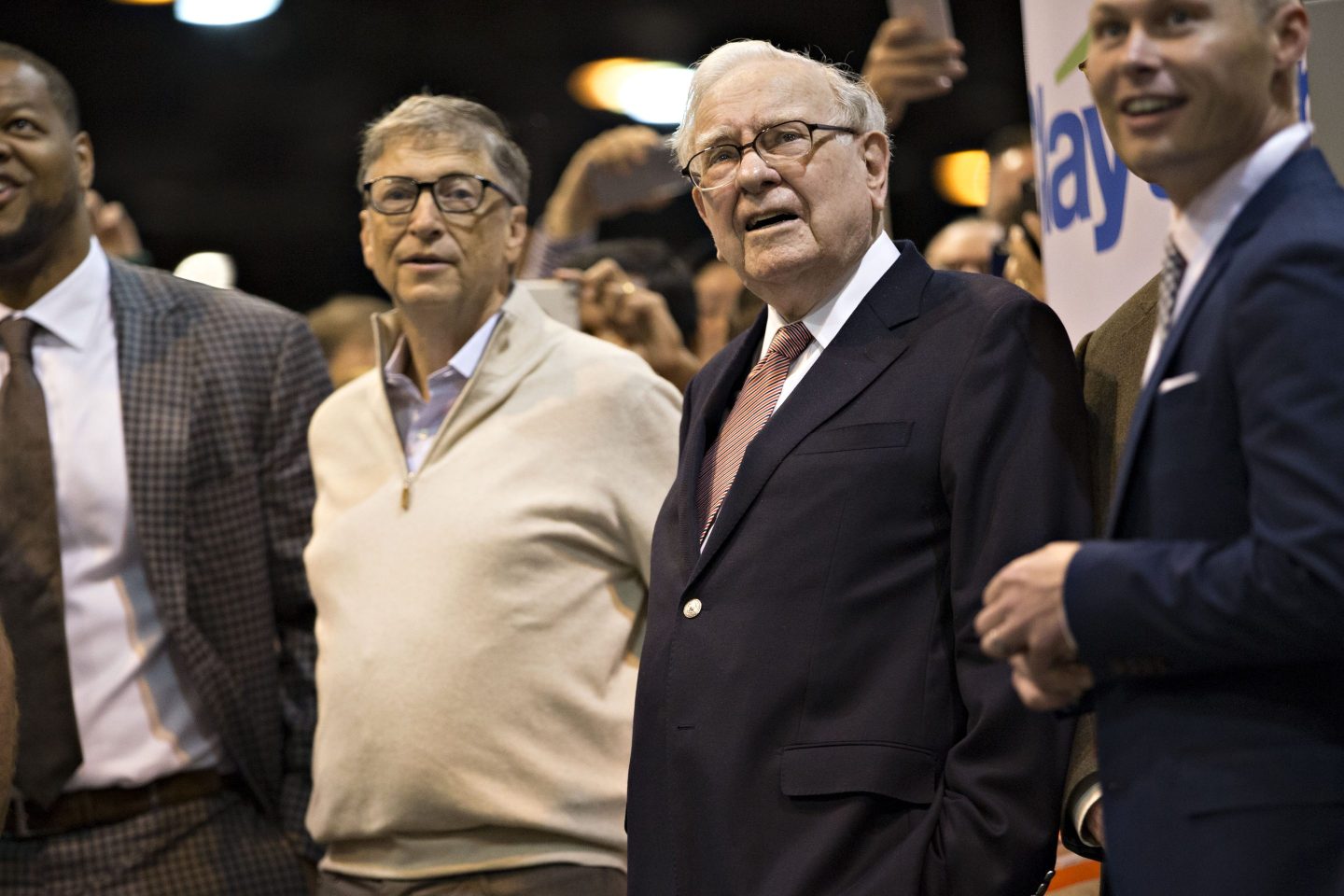March 9, 2000 — it was the best of times, it was the worst of times.
It was the day the Nasdaq Composite index first closed above the 5,000 mark, and it got there due in large part to the irrationally exuberant belief that this Internet thing was going to lay an endless supply of golden eggs.
This assumption prompted investors to throw fistfuls of cash at any company whose name had a “.com” suffix, but in the case of some Internet companies, it was a mirage. The dot-com bubble burst, startups evaporated, and investors lost a catastrophic amount of money.
Now the Nasdaq composite has topped 5,000 yet again, making it an ideal time to look back and revisit some of the companies that first drove the index to that dizzying height.
Some of them, such as Intel (INTC) and Oracle (ORCL), are still here, and some aren’t. Here are 5 companies that first drove the index above the 5,000-point mark in March 2000.
Microsoft
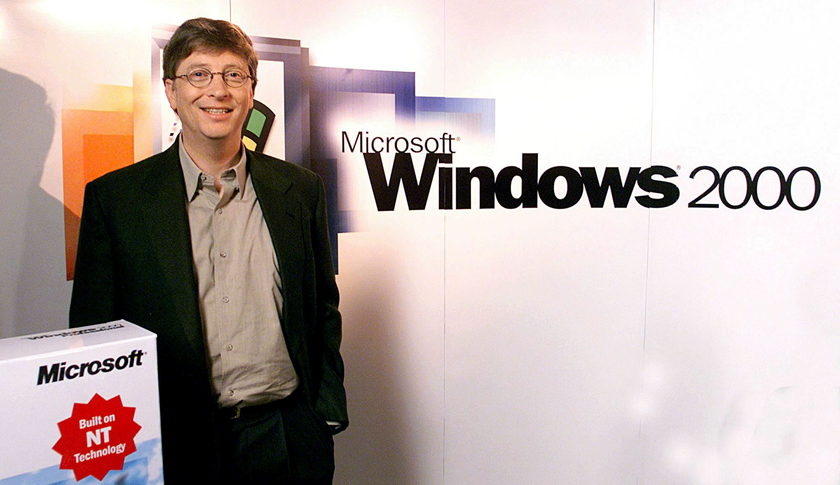
On March 10, 2000, CNN Money described Microsoft (MSFT) as the “Nasdaq’s biggest mover.” While this may sound like the description of some plucky new company, at the time Microsoft was anything but — it was an established, known quantity, with a proven history in the real world, so when the Internet bubble burst, it didn’t pose the same existential threat to Microsoft as it posed to small Internet startups. Although its competitor, Apple (AAPL), is today a far bigger company, Microsoft is still a major Nasdaq stock.
Cisco Systems
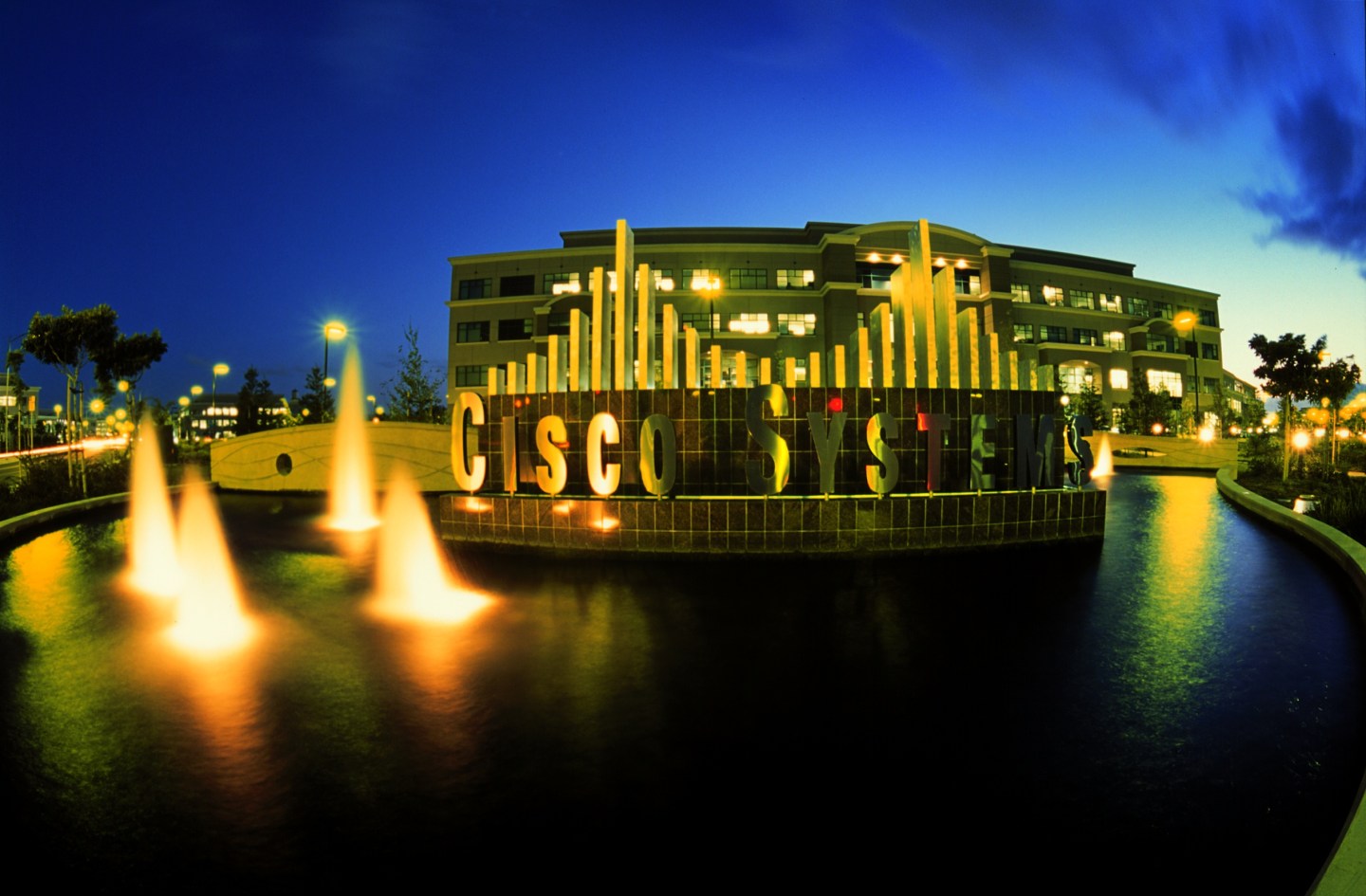
The data-networking giant Cisco Systems (CSCO) is a holdover from the Nasdaq of yesteryear, and it shares similarities with Microsoft that have contributed to its staying power. Most notably, both companies were founded years ahead of the dot-com bubble, and both had already solidified their positions as the 21st century rolled around.
While its current market capitalization of $153 billion is a long way from its March 2000 peak of $579 billion, the company’s doing just fine thank you very much, and it's likely to be around for as long as people expect to connect to the Internet.
Dell
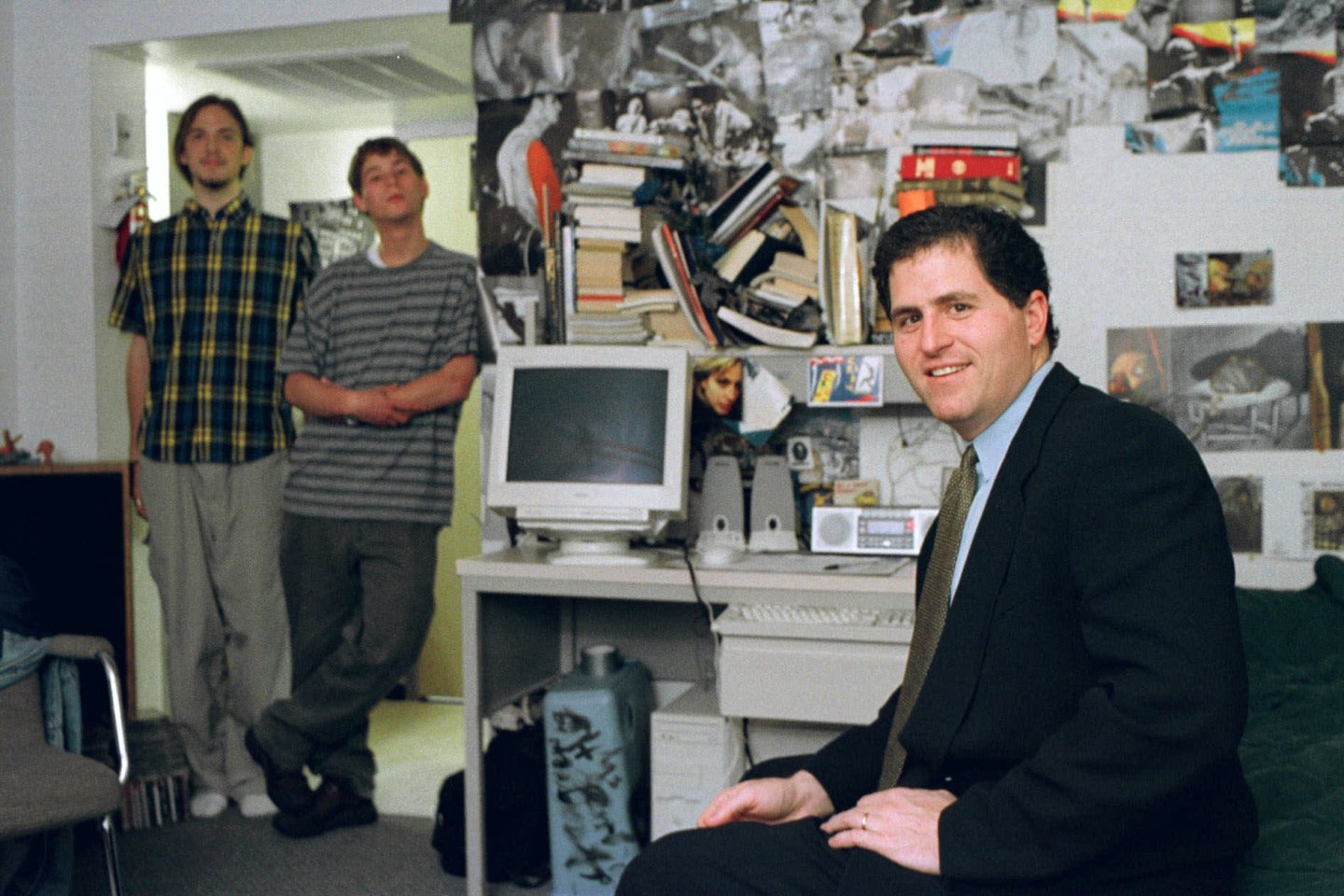
On March 10, 2000, CNN Money ran a feature called “Nasdaq sets record (again)” that breathlessly described all the tech buying that had taken place that day. Leading the charge: Dell Computer, which PaineWebber had upgraded from “attractive” to “buy,” and which CNN described as a “proven technology leader,” just as it had described Microsoft.
Today, Dell is not listed on the Nasdaq, but that doesn’t mean it’s doing badly. It went private in 2013 and delisted its common shares. As a parting gift, shareholders were given just under $14 per share.
Sun Microsystems

Sun Microsystems is a graduate of the class of March 2000. It is not here today to see the Nasdaq reach 5,000 for the second time. The computer systems company, which created the Java programming language among other things, survived the bursting of the dot-com bubble, but spent the next decade mired in resignations and layoffs, from which it never fully recovered.
It was put out of its misery in 2010 when it was acquired for over $7 billion by Oracle. In 2011, its former office complex in Menlo Park, Calif., became the headquarters of Facebook, which is now a major driver of the Nasdaq and a stock that helped to push it back above 5,000.
MCI WorldCom

MCI WorldCom was the telecom company that formed when MCI Communications and WorldCom merged in 1998. The deal was at the time the largest in U.S. history with a price tag of $44 billion.
The company was adversely affected when the dot-com bubble burst, but its demise was the result of self-inflicted wounds that came in the form of massive accounting fraud. The company was hiding the fact that its earnings were decreasing in order to keep its stock price up, according to the Securities and Exchange Commission, which found that the company had inflated its assets to the tune of approximately $11 billion.
The company filed for chapter 11 bankruptcy protection in 2002, and was acquired by Verizon in 2005 for $7 billion.
